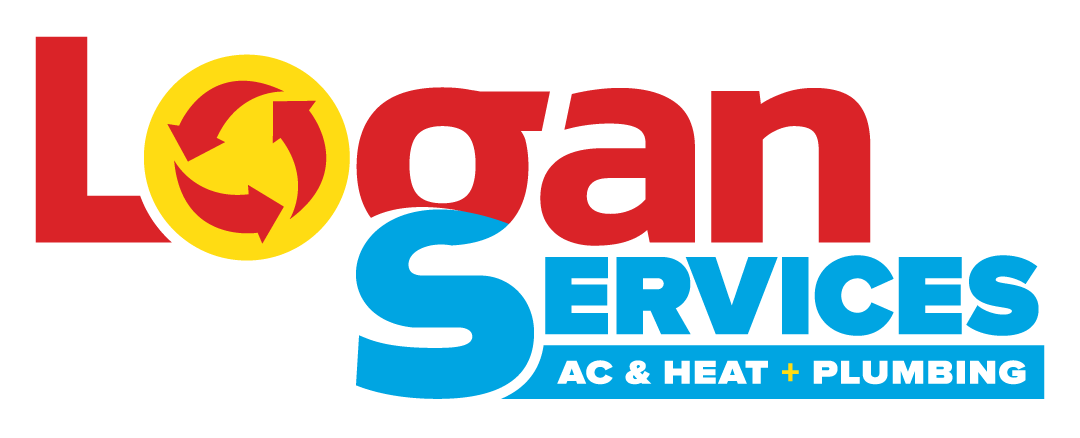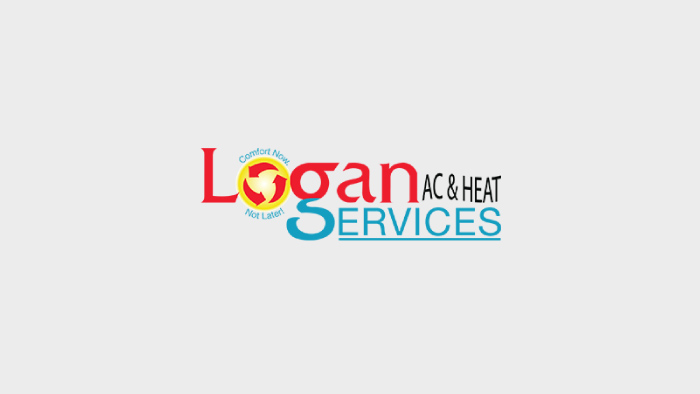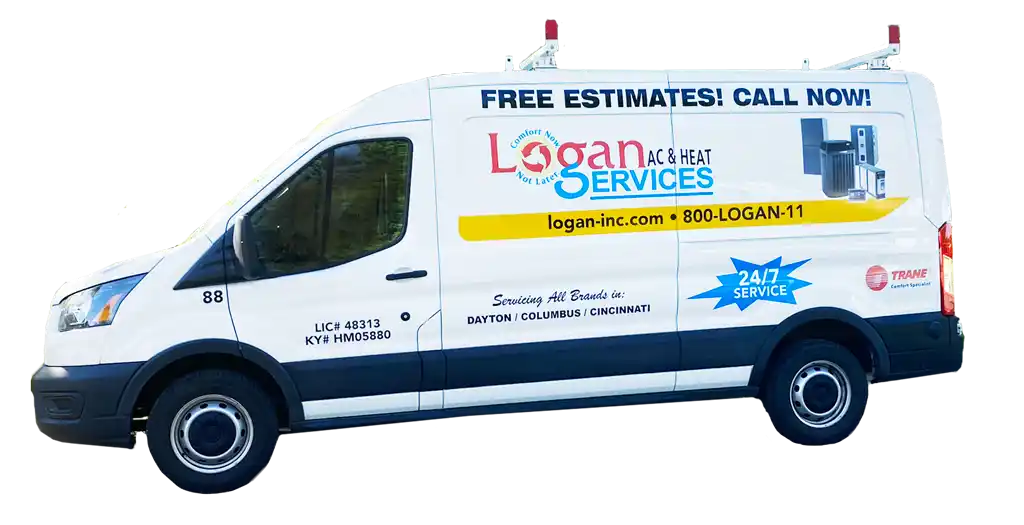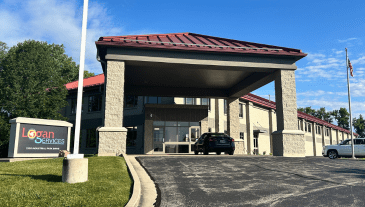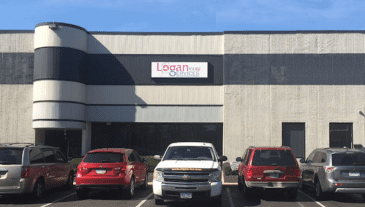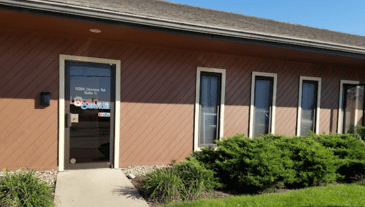When it comes to understanding and optimizing residential air conditioning systems in North America, the concept of SEER2 regions is absolutely essential. These designated zones provide a geographical breakdown of the country based on the unique climate characteristics and corresponding energy efficiency requirements for central air conditioners in each area. By exploring the differences between the SEER2 regions, homeowners can gain critical insight into choosing the right central AC unit for their needs and local weather conditions.
The Purpose and Function of SEER Regions
SEER stands for Seasonal Energy Efficiency Ratio. It is the standardized metric used to measure the cooling efficiency of air conditioning systems. The higher the SEER rating, the more energy-efficient the unit. The U.S. Department of Energy regulates SEER ratings which can range from 13 to 21 for central air conditioner units.
The country is divided into SEER2 regions to account for the vastly different climate conditions across North America. The SEER rating required for an air conditioning unit depends on the region it is being installed in. For example, an AC unit that meets Texas’s SEER standards may not meet the standards for New York due to the difference in summer weather and the subsequent cooling demands.
The SEER2 regional divisions allow manufacturers to optimize the energy efficiency of their AC units based on local climate needs. It also assists homeowners in selecting the properly rated unit for their area. Understanding the unique specifications of your SEER2 region is crucial for choosing the right residential central air systems and ensuring compliance with regulations.
Examining the Different SEER2 Regions
There are five total SEER2 regions, which are primarily differentiated by latitude. The dividing lines fall roughly along the Mason-Dixon line and southern California. Here is an overview of the five regions and their distinct climate characteristics:
Northern Region 1
Northern Region 1 encompasses states in the far northern parts of the continental U.S. with predominantly cooler climates. This includes Maine, Minnesota, Montana, Washington, North Dakota, and other states near the Canadian border. Summers in these areas are generally mild, with average high temperatures in the 70s and 80s Fahrenheit. While air conditioning is certainly useful, there is less of a demand and need for cooling overall compared to southern states. However, investing in an energy-efficient central air conditioning unit can still provide homeowners in Northern Region 1 with savings on energy costs and utility bills. Even in cooler northern areas, AC systems run frequently enough in summer to make high SEER ratings worthwhile.
Northern Region 2
Northern Region 2 covers states concentrated around the Great Lakes, such as Michigan, New York, Wisconsin, Ohio, and Pennsylvania. The climate brings warm, humid summers with average highs in the 80s, though some areas may reach 90+ degrees at the peak. This region experiences more days per year with high heat and humidity compared to the northernmost states. As such, the need for cooling and dehumidification from air conditioning is increased. Central AC units properly sized and rated for this region are crucial to counteract the hot, muggy summer conditions and keep homeowners comfortable indoors.
Northern Region 3
This region includes states in the upper Midwest through the central United States, including Iowa, Illinois, Missouri, Kansas, Nebraska, Colorado, Utah, and Nevada. Summers here are hot, with sustained high temperatures in the 90s. The combination of heat and humidity creates an ongoing demand for air conditioning during the warmer months. Homes in Northern Region 3 benefit greatly from investing in efficient, powerful central AC systems rated to effectively provide sufficient cooling throughout the extended hot season.
Southern Region 4
Region 4 covers a broad swath of states across the southern United States, from Arizona and New Mexico in the west to Kentucky, Virginia, and the Carolinas in the east. Summers are very hot, with average highs in the 90s and periods of 100+ degree heat. This region often experiences tropical air masses and related humidity as well. Sustained hot and humid conditions make sufficient cooling capacity a priority. Central air conditioning is vital for maintaining indoor comfort and requires high SEER ratings to operate efficiently through the considerable cooling demands.
Southern Region 5
The warmest SEER2 region, Region 5 comprises the states with the hottest climates including Texas, Florida, and southern California. Summers bring extended periods of extreme heat, with high temperatures commonly exceeding 100 degrees Fahrenheit. Humidity levels also run high. This combination of intense, unrelenting heat and mugginess creates an exceptional need for cooling power and efficiency in air conditioning systems. Homes
in Region 5 benefit the most from investing in cental air conditioners with the highest SEER ratings available to save energy and maintain a comfortable ambient indoor temperatures.
As you move south, the importance of having a powerful, efficient air conditioning system becomes increasingly important. Homeowners in these warmer regions benefit the most from investing in units with higher SEER ratings.
Why SEER Ratings Matter
Beyond basic climate variation, there are some key reasons why paying attention to SEER ratings and choosing an appropriately rated system type for your region is so important:
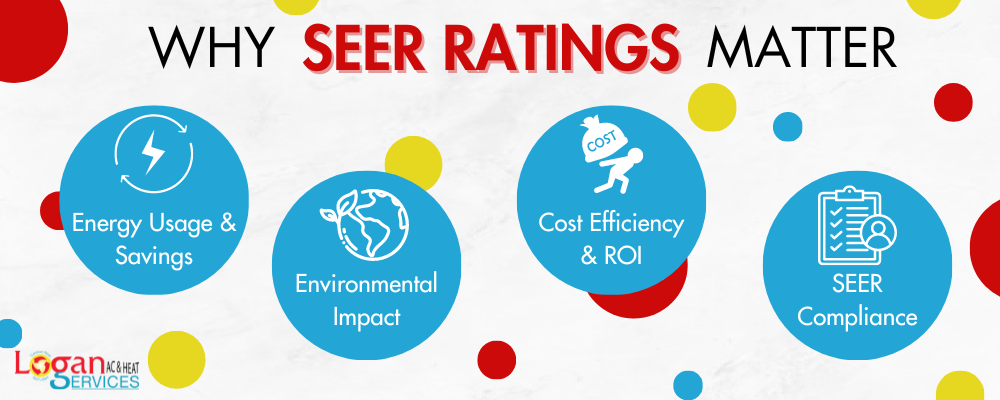
Energy Usage and Savings
The higher the SEER rating, the more energy efficient the air conditioner. This equates to lower electricity bills in the long run, since the unit can provide the same level of cooling while using less power. Central AC units can represent a massive portion of a home’s energy demand, so an efficient system makes a big impact.
For example, upgrading from a SEER 13 model to a SEER 15 unit can reduce energy usage by up to 15%. In warmer southern/southeast regions where the AC is running nonstop in summer, this can lead to significant cost savings.
Environmental Impact
Increased energy efficiency also means reduced environmental impact. The less energy an air conditioning unit uses to provide effective cooling, the lower its carbon footprint. Efficient systems minimize the load on the electrical grid as well.
For environmentally-conscious homeowners, investing in a central AC unit with a higher SEER rating that meets regional recommendations can make a meaningful difference over time.
Cost Efficiency and ROI
It’s true that the upfront cost of installing a central air system goes up with higher efficiency models. However, the energy savings realized over time can make a more expensive unit with a higher SEER rating more cost-effective in the long run.
Factors like reduced operating costs, lower utility bills, and tax/rebate incentives for energy-efficient upgrades all impact lifetime cost projections. For regions with hotter climates and higher cooling demands, the return on investment from installing a more efficient system is quicker.
Compliance
Most importantly, adhering to your region’s SEER rating guidelines ensures you comply with Department of Energy regulations. Installing a unit that does not meet the minimum SEER rating for efficient operation in your climate risks penalty fees and other unnecessary costs.
Unique Climate Considerations

While the SEER2 regional map provides a general overview of cooling needs by location, it is not universally comprehensive. Unique climate conditions in certain areas make the picture more complex:
Elevation
Higher elevations commonly experience lower atmospheric pressure. This can negatively impact air conditioning performance and capacity from increased strain on the ductwork. Careful AC unit selection and sizing modifications may be required.
Urban Heat Islands
Densely populated cities with less vegetation and more pavement tend to accumulate and trap heat. This urban “heat island” effect can make seasons feel warmer, increasing cooling demands beyond regional norms.
Coastal and Lakeside Areas
Proximity to large bodies of water moderates temperatures with cooling breezes in summer and insulating effects in winter. This can reduce the runtime and load on air conditioning systems compared to inland areas at the same latitude.
Microclimates
Smaller areas with unique geography like valleys or slopes can create microclimates that diverge from regional norms. Local conditions should be analyzed when determining adequate cooling capacity and SEER ratings.
There is no universal perfect SEER rating that applies across North America. The optimal air conditioning system combines high efficiency with sufficient capacity to meet local climate conditions.
The SEER2 regional map provides an invaluable starting point for homeowners comparison shopping AC units within a qualified range. Combined with due diligence regarding local weather patterns and cooling demands, choosing a properly matched system is straightforward.
Understanding your SEER2 region sets you up for energy savings, cost efficiency, regulatory compliance, and more effective temperature control. While regional SEER standards are a useful guide, always consider the specifics of your climate and cooling needs when selecting a central air conditioning unit.
The Logan Difference:
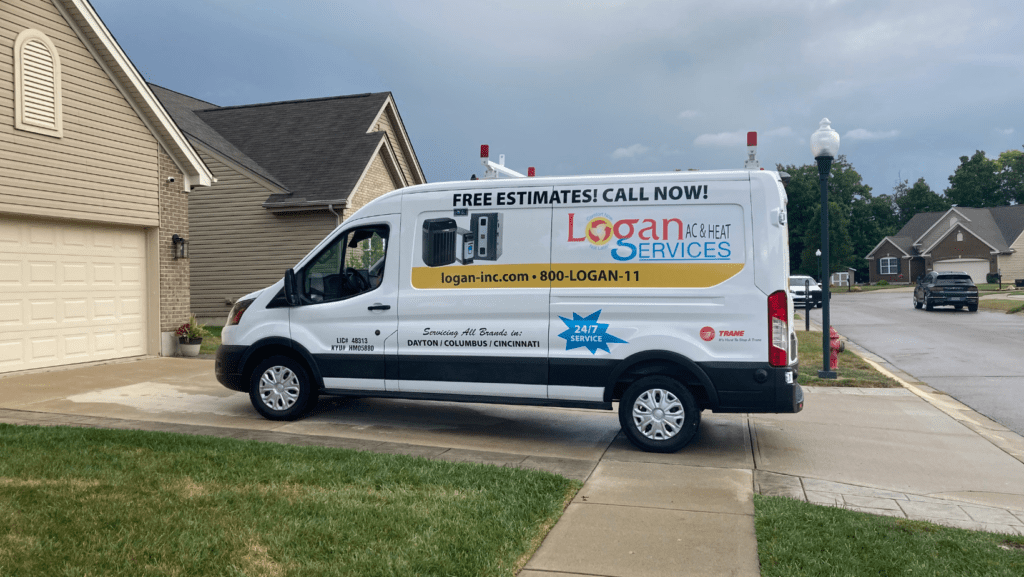
At Logan Heating and Air, we bring a dedication to quality, service, and community to every HVAC installation and repair. As a family-owned and operated company with experience, we understand how important it is for you to have an efficient, comfortable home climate perfect for your family’s needs.
Our team goes through extensive training to provide expert installation and maintenance for all major brands and models. We care deeply about each customer we serve – communication and attention to detail are key. Before each appointment, our installers and technicians ensure they have all the necessary parts so there are no frustrations or delays.
Once onsite, our team follows a rigorous checklist covering every step of the process. This gets signed off by our experienced install managers, who average over 10 years in the field. We also walk customers through a complete system overview, explaining setup, features, and troubleshooting so you feel empowered. Our goal is an outstanding experience from start to finish.
At Logan Heating and Cooling, we also believe in giving back. From donations to local charities to providing discounted repair assistance for those in need, supporting our community is embedded in our company values.
When you choose us for your next air conditioner or furnace installation, repair, or seasonal maintenance, you get our commitment to quality service backed by expertise. We understand how vital your home’s HVAC system is for comfort and health. Contact us today to experience the Logan Difference!
Frequently Asked Questions
What are the SEER2 regions?
The SEER2 regions refer to the geographical divisions of North America for the purpose of regulating central air conditioner efficiency. There are five regions total, segmented roughly along the Mason-Dixon line and southern California. The regions account for differences in climate and subsequent cooling needs.
Why are there regional divisions for SEER ratings?
The seasons and weather vary greatly depending on location in North America. What constitutes sufficient cooling capacity in one region may be inadequate in another. SEER2 regional divisions allow the standardized efficiency rating of air conditioners to be optimized for local climate conditions.
How are the SEER2 regions mapped out?
The country is divided into Northern Region 1 and 2 covering cooler areas, Northern Region 3 encompassing the central plains, and Southern Regions 4 and 5 for the warmest states. The Southeast and Southwest comprise the hottest Region 5.
What is the difference between Northern and Southern regions?
The Northern Regions 1-3 experience milder summers and less demand for air conditioning overall. Meanwhile, the Southern Regions 4-5 have extended hot seasons necessitating central AC units with higher efficiency ratings to provide sufficient cooling.
